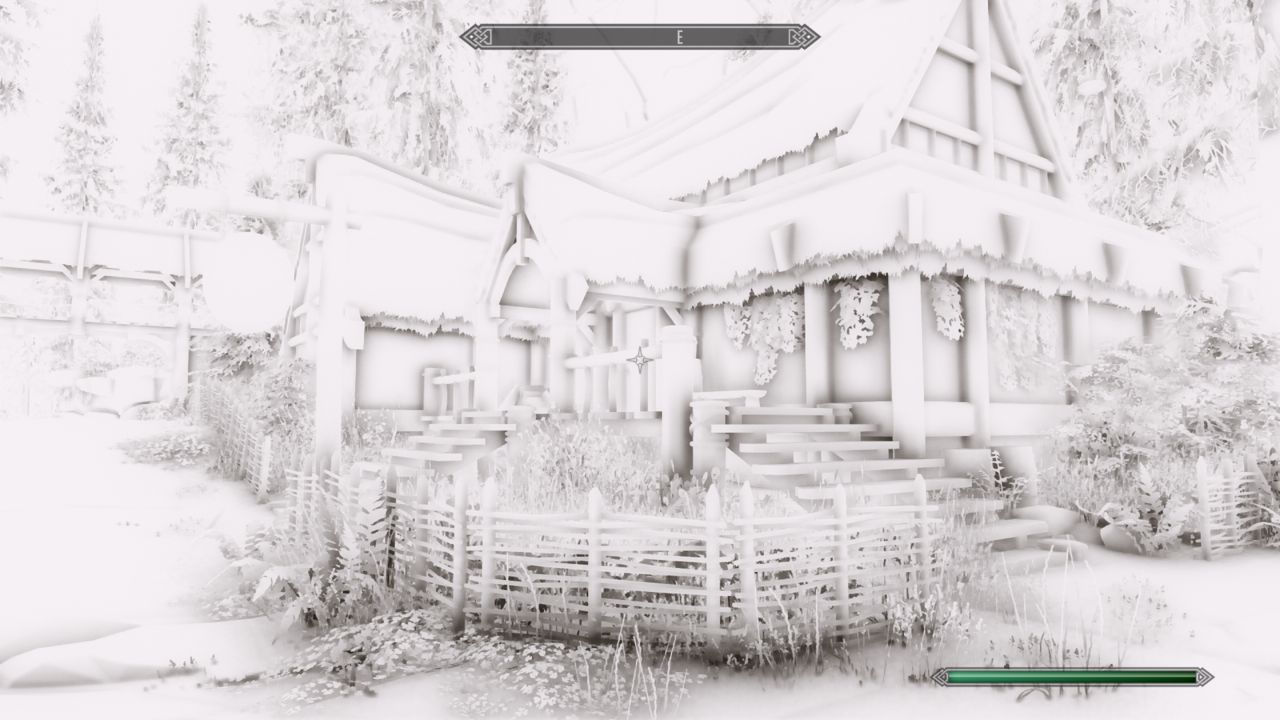What's new: SSAO (obviously) and a new post blur mode, which basically runs the bokeh blur a second time. It's a lot sharper than the gaussian one, basically looks as if you used 3x the quality parameter so if you're into sharp bokeh effect, switch to post blur mode 1 and lower quality for a good fps boost.
To get started with SSAO: as ENBSeries compiles every technique the file contains, I disabled those techniques by default to keep compilation time low for non-SSAO users. To enable these techniques, open the file and set ENABLE_AO_TECHNIQUES to 1, save file.
Click on APPLY CHANGES in ENB UI and voila ,there are now ADOF, ADOF + AO, AO techniques. Also, there's a set of new parameters, prefixed with "AO:". Most of the stuff there is self-explanatory, IF NOT download MXAO 2.0 for ReShade here and read up in the PDF file that comes along with it. Some parameters differ a bit, but most of it is coherent across implementations.
Sorry, this SSAO doesn't have SSIL available - without the ability to sample miplevels, performance of SSIL is unbearably low. SSAO performance suffers from that a tiny bit as well but not so much, the algorithm can run with as low as 4-6 samples (compare that to HBAO+ 32 samples^^) with a somewhat okay-ish looking result. Default params are just fine.
This is AO with 5 samples (lower than ENBSeries quality 2 afaik), no filter (raw, noisy result), still maintaining a stable result (motion flicker is non-existant):

With filter, other scene:


